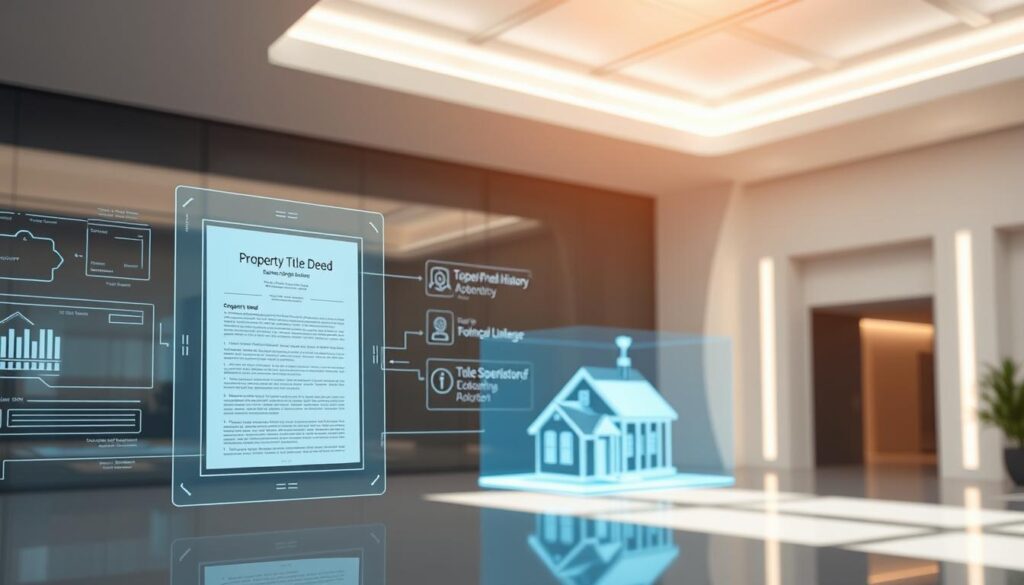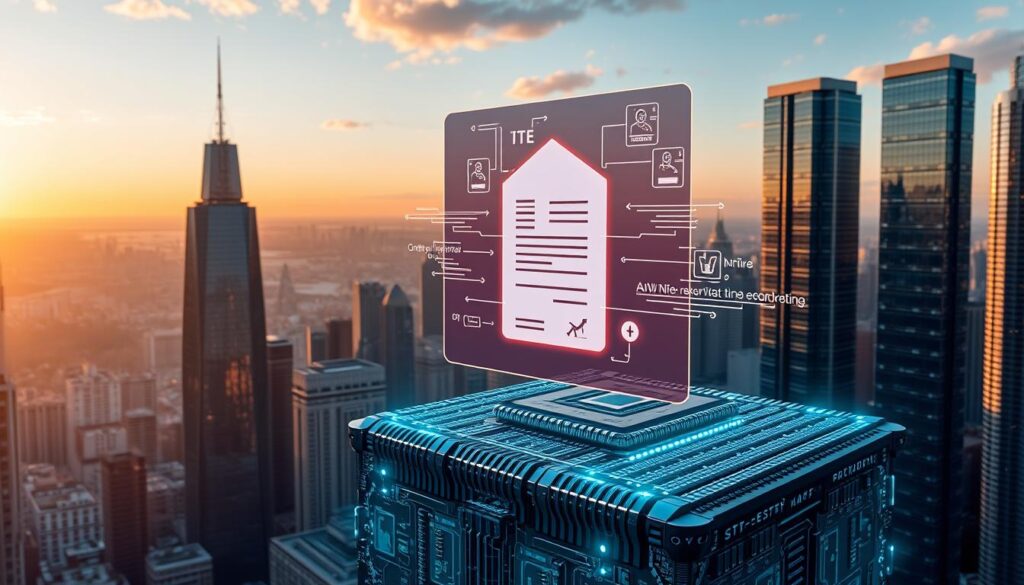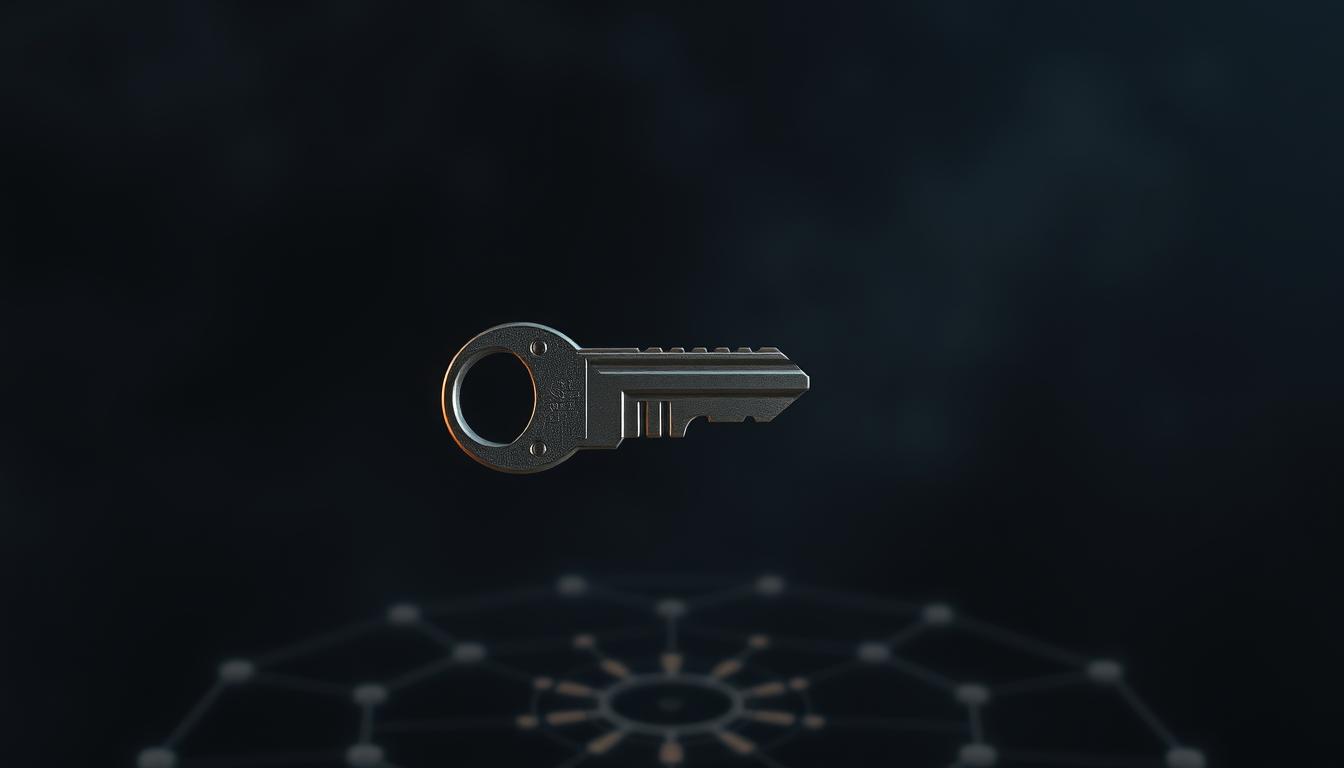Now Reading: Blockchain Real Estate Property Title: A Comprehensive Guide
- 01
Blockchain Real Estate Property Title: A Comprehensive Guide
Blockchain Real Estate Property Title: A Comprehensive Guide

Owning a home is a major part of the American dream. Yet, the process of proving and transferring that ownership can be slow and full of paperwork. The systems we use today have been in place for a very long time.
A new kind of digital innovation is starting to change this. It offers a fresh way to handle ownership records. This guide explores how this shift is making things more secure and efficient.
We will look at the core benefits for professionals and homeowners alike. You will see how it tackles old problems like fraud and delays. Understanding this change is key for anyone involved in the housing sector.
This resource breaks down complex ideas into simple terms. It shows why governments and big companies are paying attention. Get ready to learn about the future of owning assets.
Key Takeaways
- Traditional systems for proving ownership are often slow and paper-based.
- New digital solutions are bringing greater security and transparency.
- This innovation helps reduce fraud and speeds up transaction times.
- Professionals and homeowners can benefit from these improvements.
- Major institutions are actively exploring this technology for record-keeping.
- Understanding this shift is crucial for navigating the future of asset ownership.
Understanding Blockchain in Real Estate
To grasp its potential, we must first understand the basic mechanics of this distributed ledger technology. It is not controlled by any single entity, which is a key part of its appeal.
What is Blockchain Technology?
Think of it as a shared digital record book. This ledger stores information across a vast computer network. Every participant holds an identical copy.
New data is grouped into “blocks.” Each block connects to the one before it, forming a continuous “chain.” This structure makes the history of information extremely difficult to alter.
Any change requires network-wide agreement. This process creates a trustworthy and transparent system for recording events.
Key Components of a Blockchain System
Several parts work together to make this technology function securely. The distributed ledger is the core, maintained by every computer, or “node,” in the network.
Cryptography locks the data inside each block. Consensus mechanisms ensure all nodes agree on new additions before they become permanent. This combination builds a robust and reliable framework for managing sensitive information.
Exploring Blockchain real estate property title Innovations
A new wave of technological applications is bringing unprecedented clarity to the process of verifying who owns what. These digital ledger systems are creating a more resilient framework for managing sensitive information.

Benefits for Asset Ownership
This approach offers transformative advantages. It provides dramatically enhanced transparency, allowing authorized parties to view a complete history instantly.
The technology creates an immutable chain of records. This prevents unauthorized alterations and significantly reduces the risk of fraudulent claims.
Verification of status happens in real-time. This simplifies due diligence and accelerates transactions for everyone involved.
Integration with Traditional Processes
Adoption is happening gradually. New applications are designed to work alongside existing county recording systems.
This complementary approach minimizes disruption. It allows for a phased adoption that maximizes efficiency gains across the housing sector.
These innovations represent a fundamental shift in how rights are documented. Exploring a crypto-backed real estate investment is one way to engage with this evolving landscape.
Implementing Smart Contracts and Programmable Payments
Self-executing digital contracts are transforming the landscape of complex financial dealings. These automated agreements bring unprecedented precision to multi-party arrangements.
The technology behind these innovations ensures reliable execution of contractual terms. This creates a foundation for more efficient financial processes.
How Smart Contracts Automate Transactions
Smart contracts function as digital agreements that execute automatically. They trigger actions when predefined conditions are met.
This automation removes manual intervention from routine transactions. The entire process becomes faster and more accurate.
For example, a rental security deposit could return automatically after inspection. Commercial sales can complete transfers instantly upon contract execution.
Streamlining Complex Payment Processes
Programmable payments represent another major advancement. Funds can distribute automatically to multiple parties based on agreed terms.
Transactions settle within minutes instead of days. This eliminates timing uncertainties that often complicate financial dealings.
The efficiency gains extend beyond speed to include enhanced accuracy. Automated execution reduces human errors in manual processing.
Tokenization and Investment Opportunities
Previously exclusive markets are now becoming accessible through digital innovation. This transformation allows people to participate in ventures that were once reserved for the wealthy.

The process converts physical holdings into digital shares. Each token represents a small piece of a larger asset.
Fractional Ownership Through Tokenization
This approach breaks down large holdings into affordable portions. Individual investors can now buy tokens representing partial ownership.
This creates new investment channels for average people. High-value assets become available to those with modest budgets.
The transfer process happens quickly on digital platforms. This provides greater liquidity compared to traditional methods.
Token holders receive automated payments through smart contracts. This eliminates manual processing and reduces administrative costs.
This innovation opens the market to broader participation. It demonstrates the potential for reshaping how we think about asset ownership.
Combating Title Fraud with Blockchain Technology
The digital age has introduced new vulnerabilities into the process of securing ownership. Criminals now exploit public information to commit sophisticated schemes.
This fraud often targets vacant or infrequently monitored homes. The true owner may not discover the crime for months.

Identifying Risks in Traditional Systems
Old recording methods are highly susceptible to manipulation. Paper documents and basic digital files can be forged.
Stolen identity information allows criminals to impersonate legitimate owners. They can create fake deeds that appear authentic.
The risk is significant. Industry data shows a large portion of insurance claims stem from fraudulent activity.
| Traditional System Vulnerability | Consequence for Owners | Level of Risk |
|---|---|---|
| Publicly accessible ownership data | Easier information gathering for criminals | High |
| Paper-based or easily altered digital records | Forged documents can be filed | High |
| Reliance on manual verification | Human error can allow fraud to pass | Medium |
| Delayed discovery of fraudulent activity | Legal battles and financial loss for the true owner | Severe |
Understanding these weaknesses highlights the need for a more secure system. A modern approach can protect people’s rights more effectively.
Exploring the role of blockchain in title management and fraud reveals a powerful solution. It creates a permanent, tamper-proof record of ownership.
Blockchain in Title Insurance and Record-Keeping Evolution
County-level governance plays a pivotal role in adopting new record management technologies. Current methods face significant challenges that impact both efficiency and security.
More than 25% of ownership reports reveal defects requiring extensive research. This creates delays and increases operational expenses for insurance providers.
Enhancing Security and Transparency
The digital ledger system offers revolutionary protection for sensitive information. Any attempt to alter records becomes immediately visible across the network.
Consensus mechanisms automatically reject fraudulent changes to maintain integrity. This dramatically reduces risks that insurers must underwrite.

Traditional recording methods suffer from indexing errors and data corruption. The new approach prevents bad information from disrupting the chain of ownership.
Innovations in Record Management
Search processes that once took days now complete in minutes. This efficiency gain significantly lowers overhead costs for companies.
Local governments represent the most practical implementation pathway. They have both authority and vested interest in protecting ownership rights.
A phased adoption strategy allows for gradual transition. New transactions record on the secure system while maintaining existing coverage for historical records.
According to industry research, these innovations could save billions in operational expenses. The technology aggregates all relevant information into easily searchable formats.
Conclusion
As we look toward the future of ownership documentation, innovative technologies are reshaping traditional approaches. The integration of distributed ledger systems offers transformative potential for the entire real estate industry.
Stakeholders across the market stand to gain significant benefits. Enhanced transparency and security protect ownership rights while reducing operational costs. Smart contracts streamline complex transactions, making processes more efficient.
Adoption will occur gradually as regulatory frameworks develop. Government entities and industry leaders are exploring practical applications. This evolution promises a more accessible and secure environment for all participants.
The technology complements existing systems rather than replacing them entirely. Legal expertise remains essential for resolving complex disputes. This balanced approach ensures a smooth transition while maximizing the advantages for property owners and investors alike.
FAQ
How does a distributed ledger improve data security for ownership records?
A distributed ledger enhances security by storing information across a network of computers. This makes it nearly impossible to alter records fraudulently. Every change is time-stamped and visible to all authorized parties, creating a permanent and transparent chain of custody.
What role do smart contracts play in the transfer of rights?
These digital contracts automate the entire process. They execute transactions automatically once pre-set conditions are met. This reduces the need for intermediaries, cuts costs, and increases efficiency by minimizing delays and human error.
Can this technology help with investment in the estate market?
Absolutely. It opens doors to fractional ownership through tokenization. This allows multiple investors to hold a share in a single asset. It lowers the barrier to entry, increases market liquidity, and provides greater access to capital for owners.
What are the main benefits for reducing risk and disputes?
The primary benefits are unparalleled transparency and a verifiable audit trail. Because every transaction is recorded on an immutable chain, it becomes easy to prove ownership history. This significantly lowers the potential for legal conflicts and title fraud.
How does this system integrate with existing government land registries?
Integration can vary. Some applications are being developed to work alongside current systems, while others aim to replace them. The goal is to create a seamless link that enhances data accuracy and access for all stakeholders, including government entities.
Is identity verification more secure with this approach?
Yes, identity management becomes more robust. Digital identities can be cryptographically secured on the network. This ensures that only verified individuals can participate in transactions, adding a strong layer of security against identity theft.














